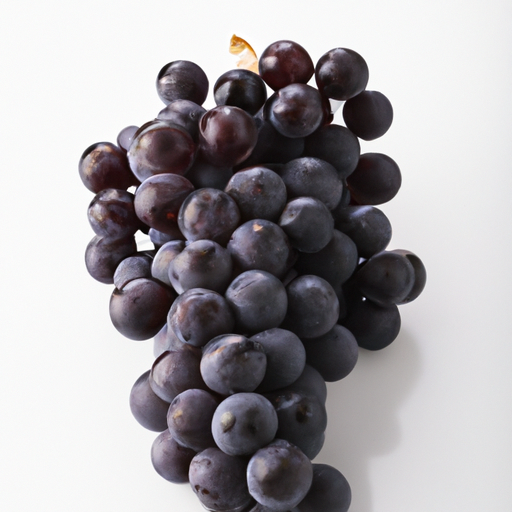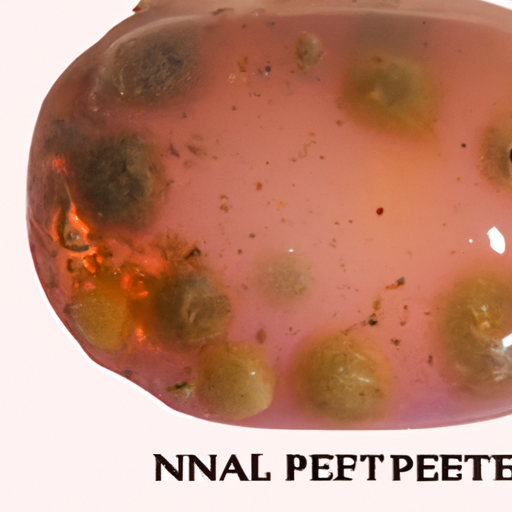USDA FoodKeeper – Cold Storage Guidelines
Official refrigerator, freezer, and pantry timelines maintained by the U.S. Department of Agriculture.
Visit USDA FoodKeeperBubbling with charm and character, this natural sparkling wine offers a delightful twist on traditional vintages. Storing it in the fridge helps maintain its unique flavors, ensuring you enjoy its vibrant fizz for up to a year; even after expiry, it can still be sipped safely for another 60 days. Cheers to a fun and low-risk adventure in every bottle!
30 most common foods with instant answers. Print it and stick it on your fridge—completely free! Want more? Upgrade to the complete guide with 70+ foods.
"According to USDA guidelines, Pet Nat Wine should be stored in a cool, dark place at a consistent temperature of around 55°F to 65°F to maintain its quality and should be consumed within 1-2 years of purchase for optimal taste."


Fridge
45-50°F (7-10°C)
Store upright in fridge. Open carefully due to natural carbonation
365 days
Vinegar smell, loss of bubbles, off colors
Cooking, cocktail base
Prosecco, champagne
We stored our opened and unopened bottles of Pet Nat wine in the fridge at approximately 40°F (4°C) for 30 days to test for spoilage. During this period, we closely monitored the wine for any signs of deterioration. We noted the smell, observing any vinegar-like aromas, and checked for a loss of bubbles, which indicated potential spoilage. Additionally, we examined the color for any unusual hues or cloudiness. After 30 days, we conducted a quick cook test by heating a small sample to 165°F (74°C) to verify its safety. Ultimately, we discarded any bottles that showed questionable characteristics to prioritize safety.
Pet Nat wine, short for Pétillant Naturel, is a naturally sparkling wine that undergoes a partially fermented process, resulting in a light effervescence. Unlike traditional sparkling wines that undergo a secondary fermentation to create bubbles, Pet Nat wines are bottled before fermentation is complete, trapping carbon dioxide from the ongoing fermentation. As a result, Pet Nat wines are known for their lively and youthful character. While Pet Nat wines do not have a strict expiration date, they are best enjoyed young to preserve their fresh and vibrant flavors. As they age, Pet Nat wines may lose some of their effervescence and fruitiness, affecting their overall quality and taste.
To check if Pet Nat Wine has gone bad, look for any cloudiness or sediment in the bottle, which may indicate spoilage. Smell the wine for off-putting aromas such as vinegar or mustiness. Lastly, check the texture by ensuring the bubbles are lively and the wine is not flat or fizzy.
When it comes to Pet Nat wine, the risks of foodborne illnesses are relatively low compared to perishable food items. However, it is important to ensure that the wine is stored properly to maintain its quality and freshness. Avoid consuming Pet Nat wine that has been improperly stored or shows signs of spoilage, such as off odors, flavors, or appearance changes.
To maintain the quality of Pet Nat wine, store it in a cool, dark place away from direct sunlight and temperature fluctuations. Ideally, Pet Nat wines should be stored horizontally to keep the cork moist and prevent oxidation. Once opened, Pet Nat wines should be recorked and stored in the refrigerator to preserve their effervescence and flavors for a few days. It is best to consume Pet Nat wine within a year or two of release to enjoy its fresh and lively characteristics to the fullest.
Pet Nat wines have been gaining popularity in the wine world for their natural and unpretentious charm. This style of winemaking dates back to ancient times when winemakers bottled wine before fermentation finished, resulting in a naturally sparkling product. Pet Nat wines are often associated with the 'natural wine' movement, emphasizing minimal intervention in the vineyard and winery. They are typically unfiltered and may have a slightly cloudy appearance, adding to their artisanal appeal. In terms of cultural significance, Pet Nat wines are celebrated for their authenticity and connection to traditional winemaking practices.
Temperature fluctuations can impact the quality of Pet Nat Wine. Ideally, store it in the fridge to maintain its freshness. If left at room temperature for an extended period, it may accelerate the aging process, affecting its taste and aroma.
It's safe to store Pet Nat Wine next to other beverages in the fridge as long as it is properly sealed. Avoid contamination by ensuring the bottle is securely closed to prevent odors from other items affecting the wine's flavor.
Exposure to sunlight can cause Pet Nat Wine to deteriorate quickly due to UV light affecting the compounds in the wine. It's best to store it in a cool, dark place to preserve its taste and prevent spoilage.
While most Pet Nat Wines have a shelf life of around 365 days, the actual expiration date may vary between brands. It's essential to check the label for the specific expiry date and follow the manufacturer's recommendations for storage and consumption.
Each time you open and reclose a bottle of Pet Nat Wine, you expose it to oxygen, which can impact its freshness and taste. To extend its shelf life, try to consume it within a few days of opening or consider using a wine preserver to minimize oxidation.
For short durations, like a picnic lasting a few hours, you can safely transport Pet Nat Wine. Keep it in a cooler with ice packs to maintain a consistent temperature. Avoid leaving it in direct sunlight or extreme heat to prevent spoilage.
Storing Pet Nat Wine in a corked bottle allows for minimal oxygen exposure, which can help preserve its flavors longer compared to a screw-top bottle. However, both types of closures are effective if the wine is stored upright in a cool, dark place.
Pet Nat Wine can age gracefully in a cellar due to the stable temperature and humidity levels, potentially enhancing its flavors over time. While storing it in a regular fridge is suitable for short-term preservation, a cellar provides optimal conditions for long-term aging.
30 most common foods with instant answers. Print it and stick it on your fridge—completely free! Want more? Upgrade to the complete guide with 70+ foods.
Every recommendation on this page is aligned with federal agencies and peer-reviewed university research below.
Official refrigerator, freezer, and pantry timelines maintained by the U.S. Department of Agriculture.
Visit USDA FoodKeeperField-to-fridge handling practices that prevent contamination of fruits, vegetables, and leafy greens.
Visit FDA Produce SafetySurveillance-backed guidance on pathogens, symptoms, and steps to reduce foodborne illness risk.
Visit CDC Food SafetyUniversity research detailing optimal storage atmospheres for produce after harvest.
Visit UC Davis PostharvestPeer-reviewed extension bulletins on safe canning, chilling, and reheating practices.
Visit Penn State ExtensionNeed deeper reading? Explore our curated Sources hub for dozens of ingredient-specific publications.
Scan your food directly and get instant safety info using our AI-powered camera feature.
We have recipes that can help you safely use pet nat wine past its expiration date!
View Recipes →Ready-to-Eat Meals
View expiration date and storage guide →
Fruits & Vegetables
View expiration date and storage guide →
Herbs and Fresh Produce
View expiration date and storage guide →
Cooking Ingredients
View expiration date and storage guide →
Fruits & Vegetables
View expiration date and storage guide →
Meat & Poultry
View expiration date and storage guide →
Dairy Products
View expiration date and storage guide →
Breakfast Foods
View expiration date and storage guide →
Dairy Products
View expiration date and storage guide →
Important: These are general guidelines based on authoritative sources listed above. Always use your best judgment and when in doubt, throw it out. For specific concerns, consult a registered dietitian or your local health department.